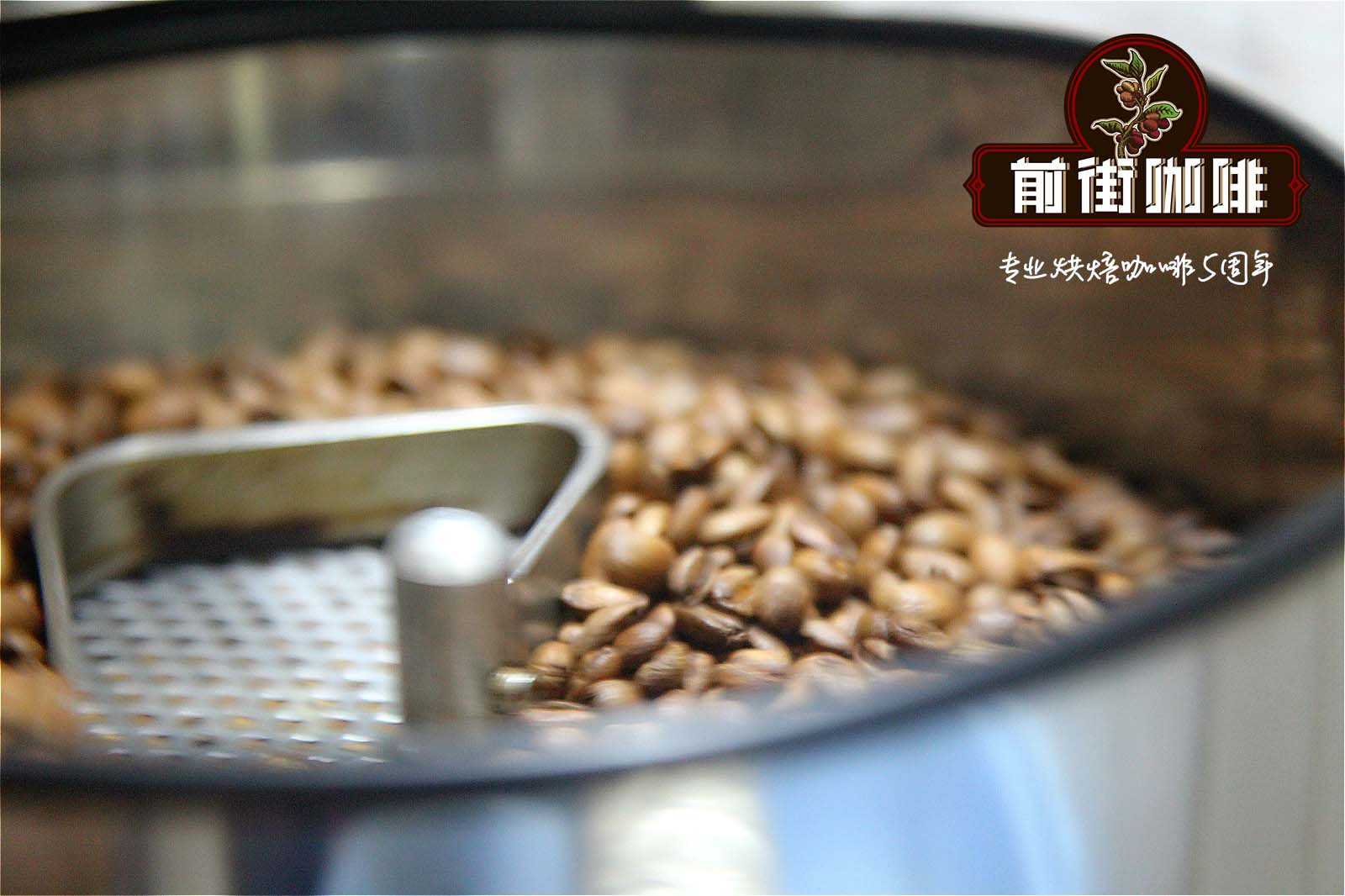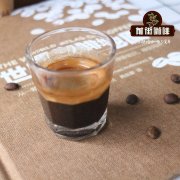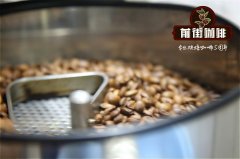How to make decaf coffee _ recommended decaf coffee _ what is the price of decaf beans

Professional coffee knowledge exchange more coffee bean information please follow the coffee workshop (Wechat official account cafe_style)
Caffeine and low caffeine coffee beans
Caffeine, caffeine, is a natural ingredient in coffee. In addition to coffee, many foods we come into contact with in our daily life also contain this ingredient, such as tea, chocolate, cola, cold medicine and so on. 、
The words EP or SWP sometimes appear on raw bean labels, which are two common ways to remove caffeine.
In order to cater to a variety of tastes, coffee beans are sometimes decontaminated to get the familiar decaf, decaffeinated coffee.
Usually, depending on the type of coffee, raw coffee beans contain about 1-3% caffeine, and the presence of caffeine is basically unaffected during roasting. Robusta has twice as much caffeine as Arabica.
Decaffeinated coffee beans actually eliminate about 97% of the caffeine, not a complete cause.
Common coffee raw beans on the left and decaf raw beans on the right
There are two main ways to eliminate causes that are widely used in business:
EP,European Process, European treatment method; SWP,Swiss Water Process, Swiss Water treatment method.
EP: chemical beans?
In EP treatment, raw coffee beans are soaked in water, absorbed caffeine with dichloromethane (methylene chloride, an organic solvent) solution, then rinsed clean, dried, and entered the baking process. Except for the caffeine process, it only absorbs caffeine and has no effect on other ingredients in coffee beans. It is generally believed that there is no preparation residue in the coffee beans treated by EP after roasting. However, people will probably still mind emotionally the involvement of chemical composition.
SWP: steam beans?
The biggest advantage of SWP, the Swiss water treatment method, is that only hot water and steam are used except for the absence of any chemical agents in the process. The raw coffee beans are soaked in water, and all the soluble ingredients in the raw beans, including caffeine, are absorbed by the water, and the coffee beans that have been "sucked" are set aside, while the water that dissolves and turns into an "essence" goes through an activated carbon filter, which absorbs caffeine from the water. The decaffeinated water meets the raw coffee beans again, and the raw beans are bathed in water to reabsorb the lost essence. Then, the raw beans are dried and baked.
The biggest advantage of SWP is that there are no chemical solvents involved in the whole process, but the disadvantage is that while the water absorbs caffeine, it also dissolves other ingredients of coffee beans, including some natural coffee oils, some of which cannot be reabsorbed by raw beans. The raw beans treated with SWP will lose part of their flavor.
The Gospel of decaf lovers
The good news is that scientists have found a natural decaf tree in Ethiopia, belonging to Arabica, which lacks the enzymes needed to synthesize caffeine, and coffee drinkers may soon be able to enjoy delicious natural decaf.
Qianjie coffee: Guangzhou bakery, the store is small but a variety of beans, you can find a variety of unknown beans, but also provide online store services. Https://shop104210103.taobao.com
Important Notice :
前街咖啡 FrontStreet Coffee has moved to new addredd:
FrontStreet Coffee Address: 315,Donghua East Road,GuangZhou
Tel:020 38364473
- Prev

What is low-caffeine coffee? what is the flavor and taste characteristics of Colombian low-caffeine coffee beans?
Professional coffee knowledge exchange more coffee bean information please follow the coffee workshop (Wechat official account cafe_style) generally speaking, in coffee beans, Arabica coffee beans contain 1.1% to 1.7% caffeine, while Robusta coffee beans contain 2% to 4.5% d caffeine. Decaf coffee is required to contain no more than 0.3% caffeine in brewed coffee. In other words, a cup of decaf
- Next

Price characteristics of decaf coffee how to make decaf coffee is it expensive to make decaf beans
Professional coffee knowledge exchange more coffee bean information please follow the coffee workshop (Wechat official account cafe_style) during pregnancy due to strict control of caffeine (daily intake of no more than 200mg), the process of buying coffee, I focus on the product micronutrient, until one day in the discussion area to see the words: I can not drink decaf coffee, because the production process is good chemistry! I found myself first.
Related
- Beginners will see the "Coffee pull flower" guide!
- What is the difference between ice blog purified milk and ordinary milk coffee?
- Why is the Philippines the largest producer of crops in Liberia?
- For coffee extraction, should the fine powder be retained?
- How does extracted espresso fill pressed powder? How much strength does it take to press the powder?
- How to make jasmine cold extract coffee? Is the jasmine + latte good?
- Will this little toy really make the coffee taste better? How does Lily Drip affect coffee extraction?
- Will the action of slapping the filter cup also affect coffee extraction?
- What's the difference between powder-to-water ratio and powder-to-liquid ratio?
- What is the Ethiopian local species? What does it have to do with Heirloom native species?

